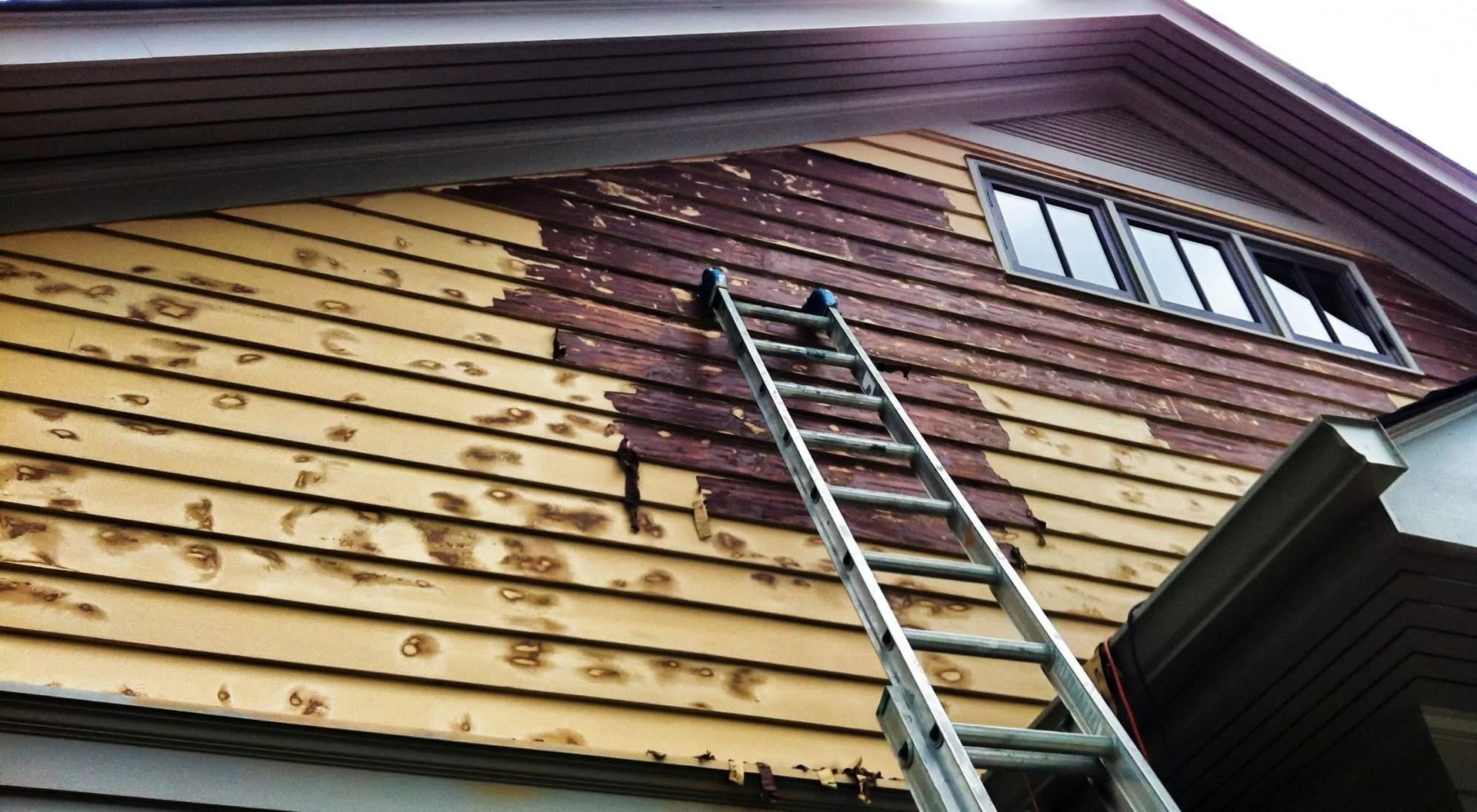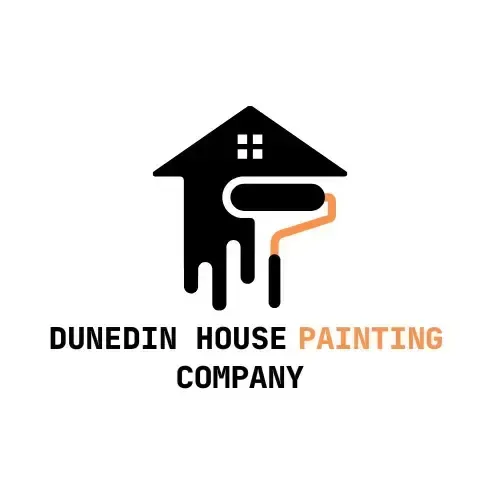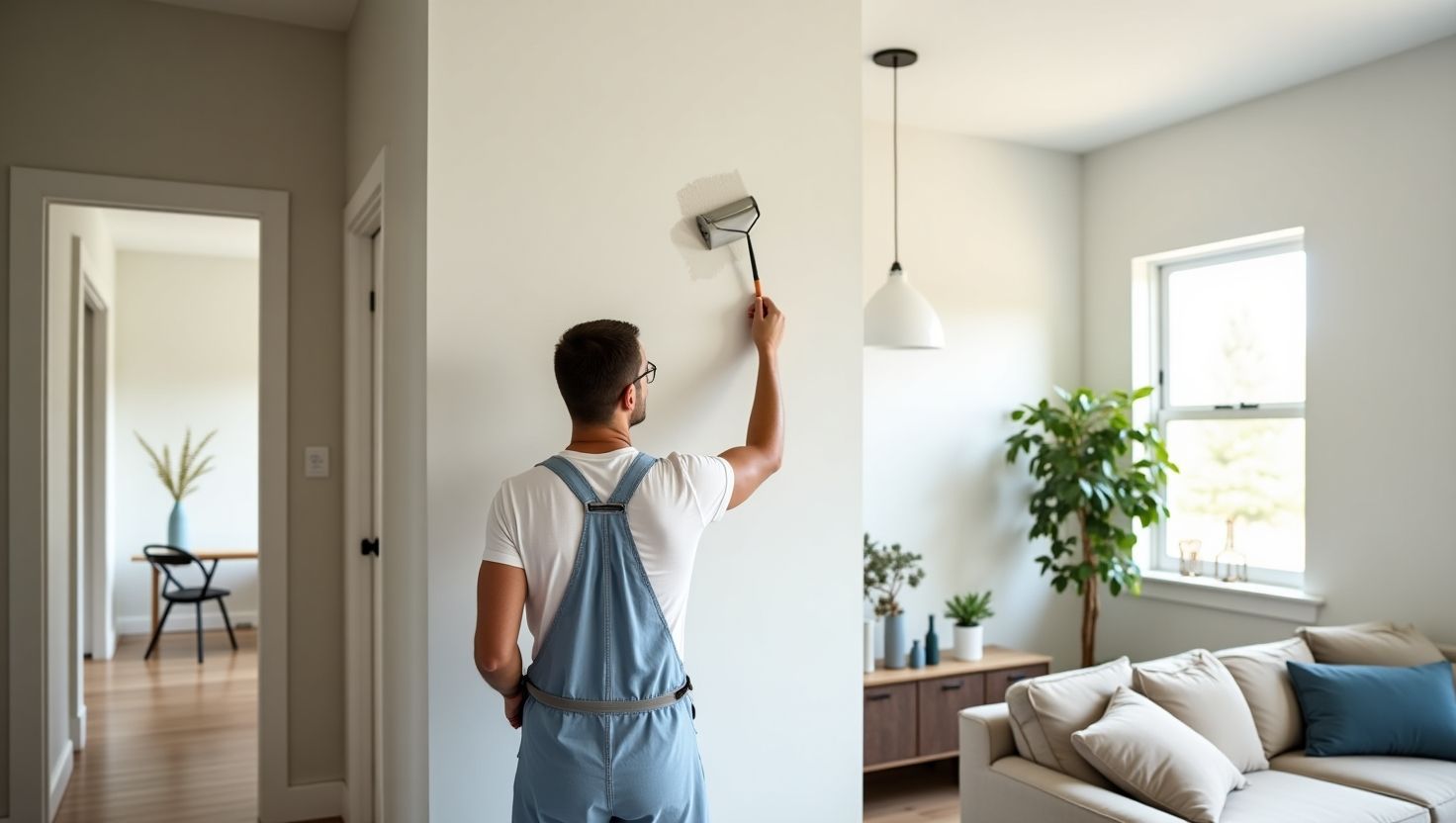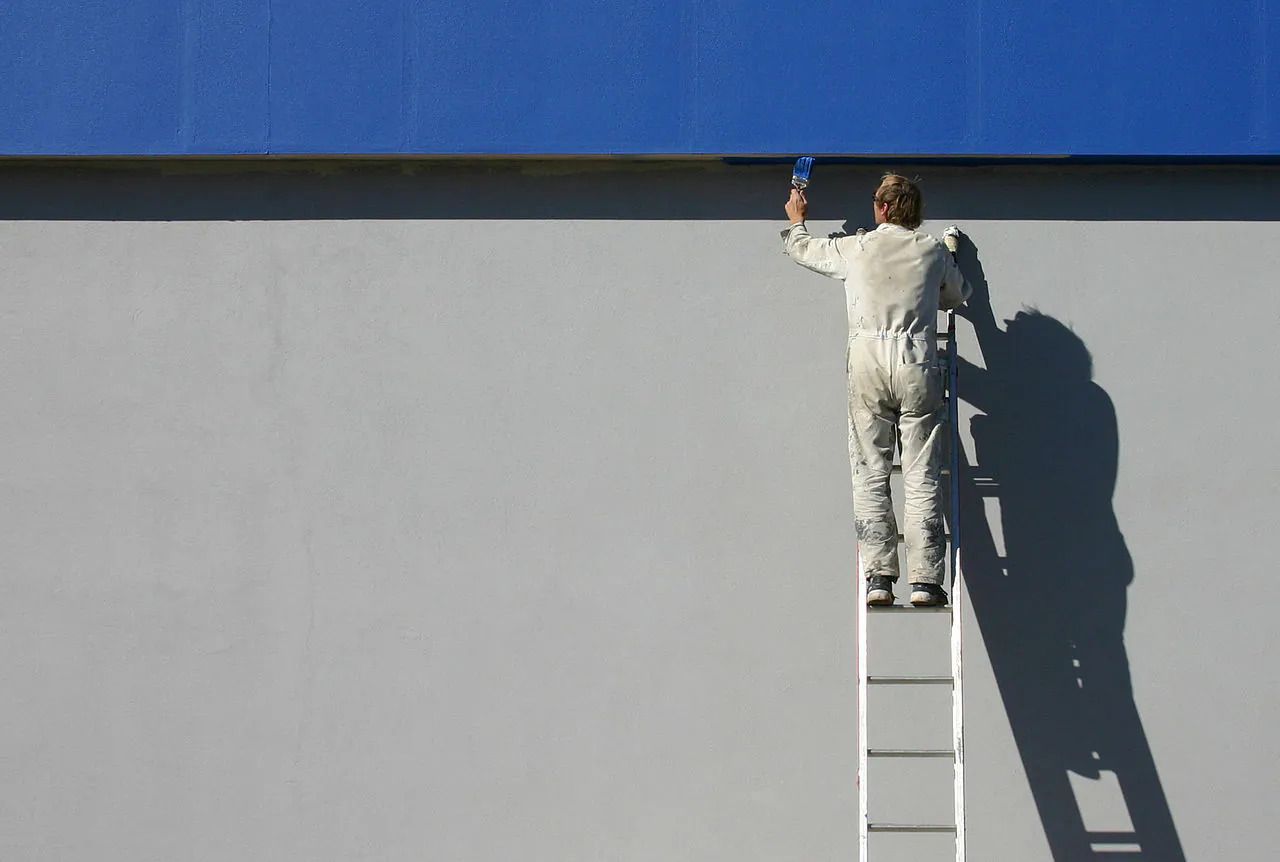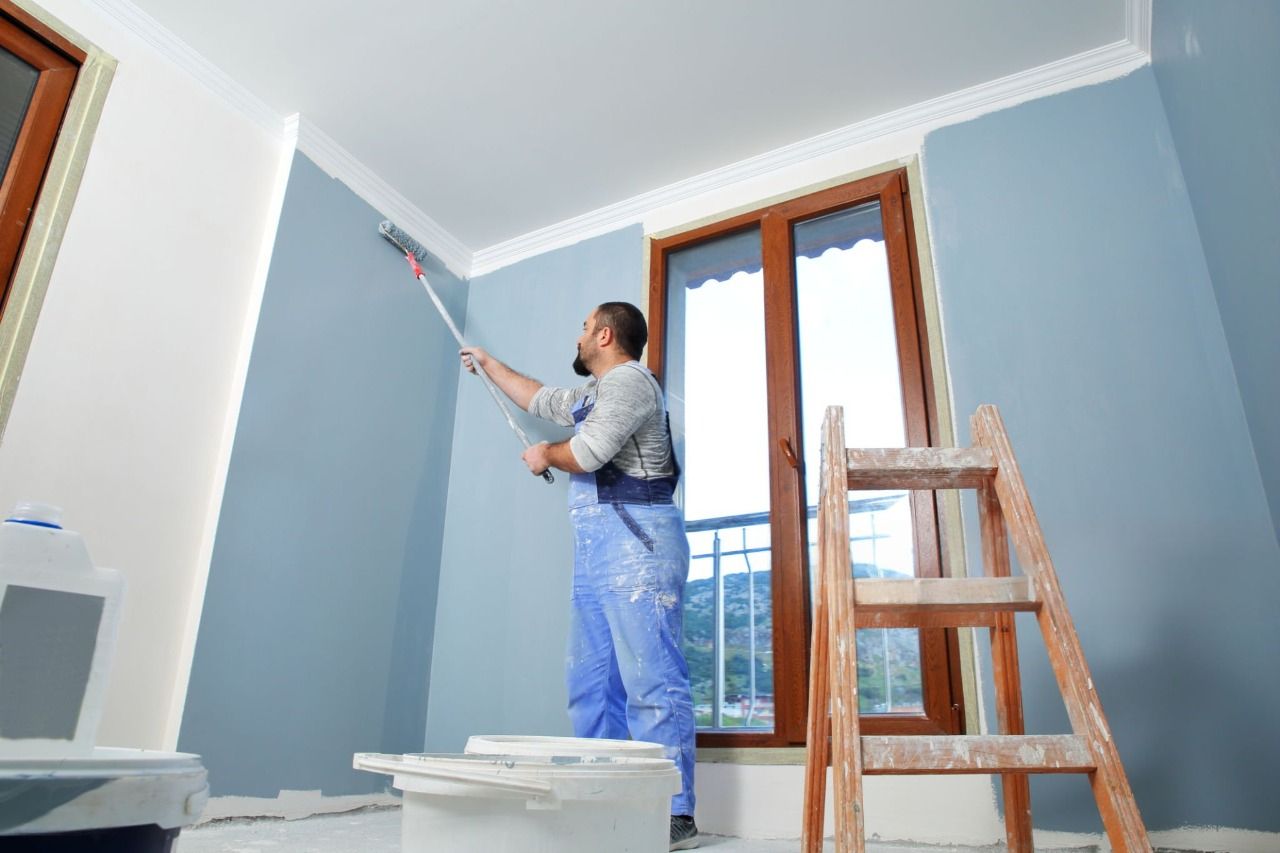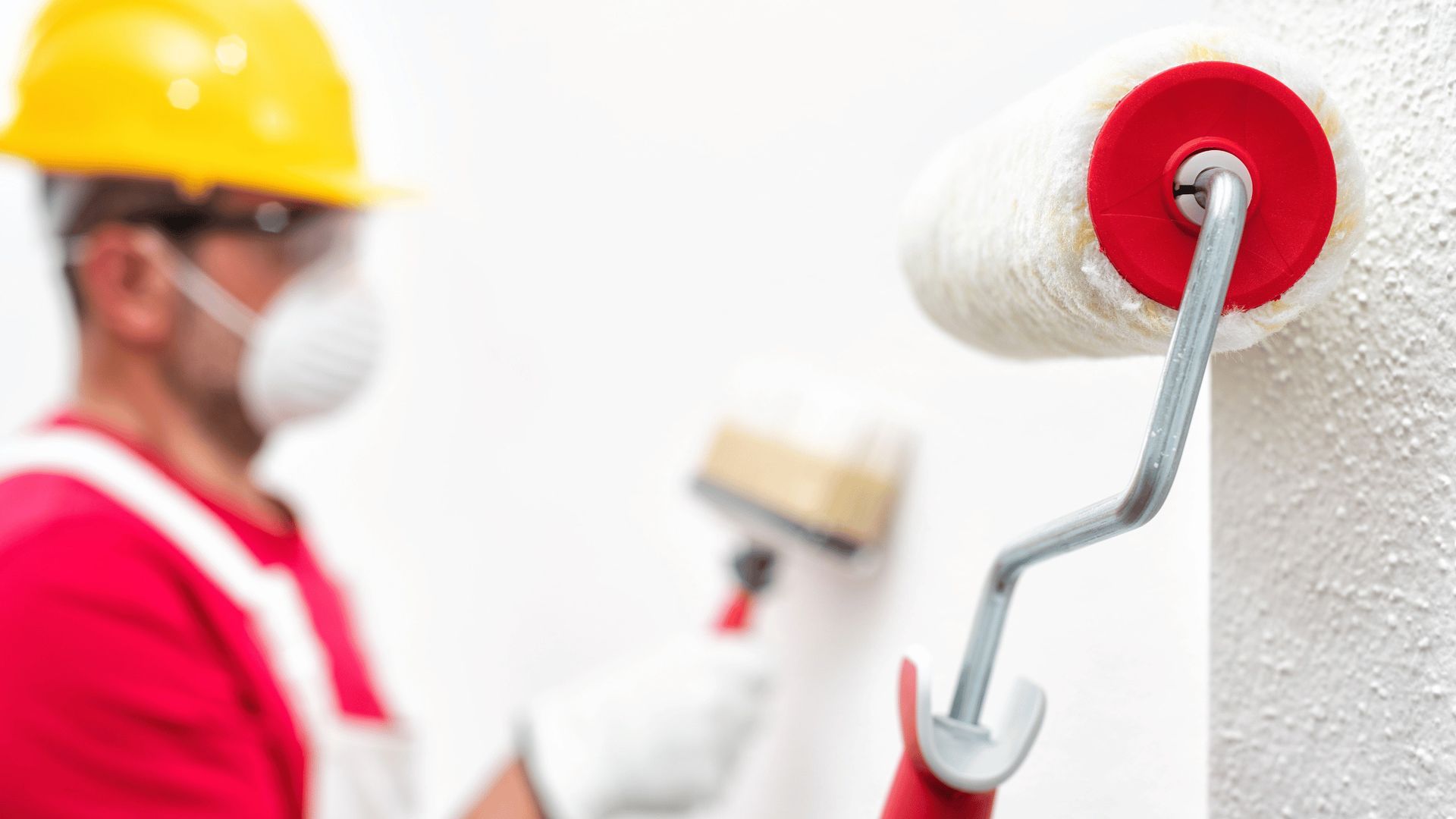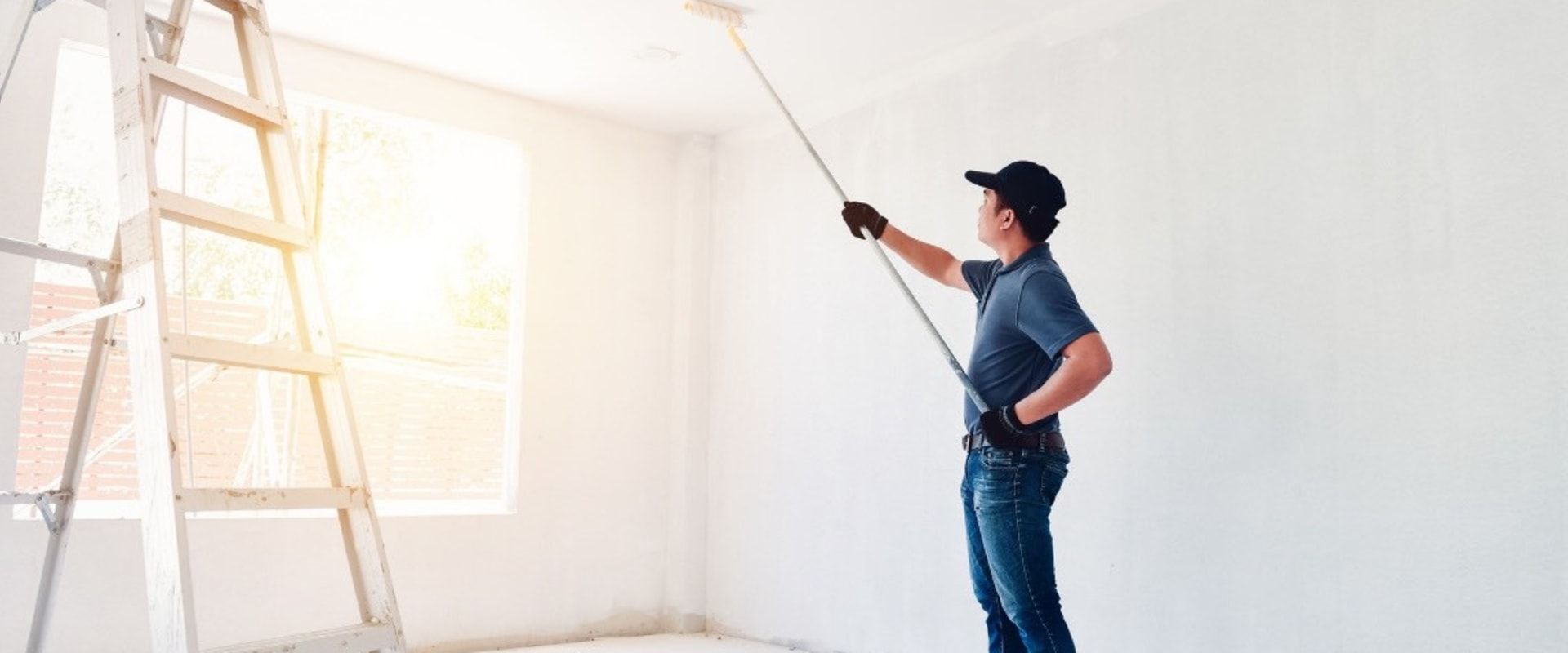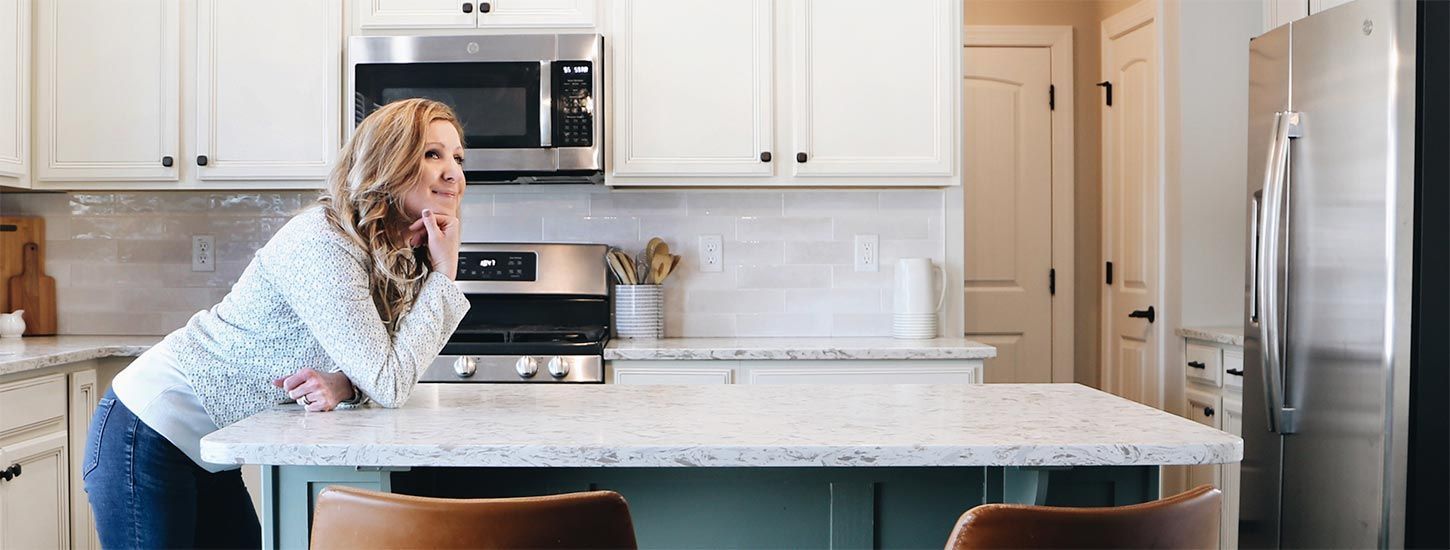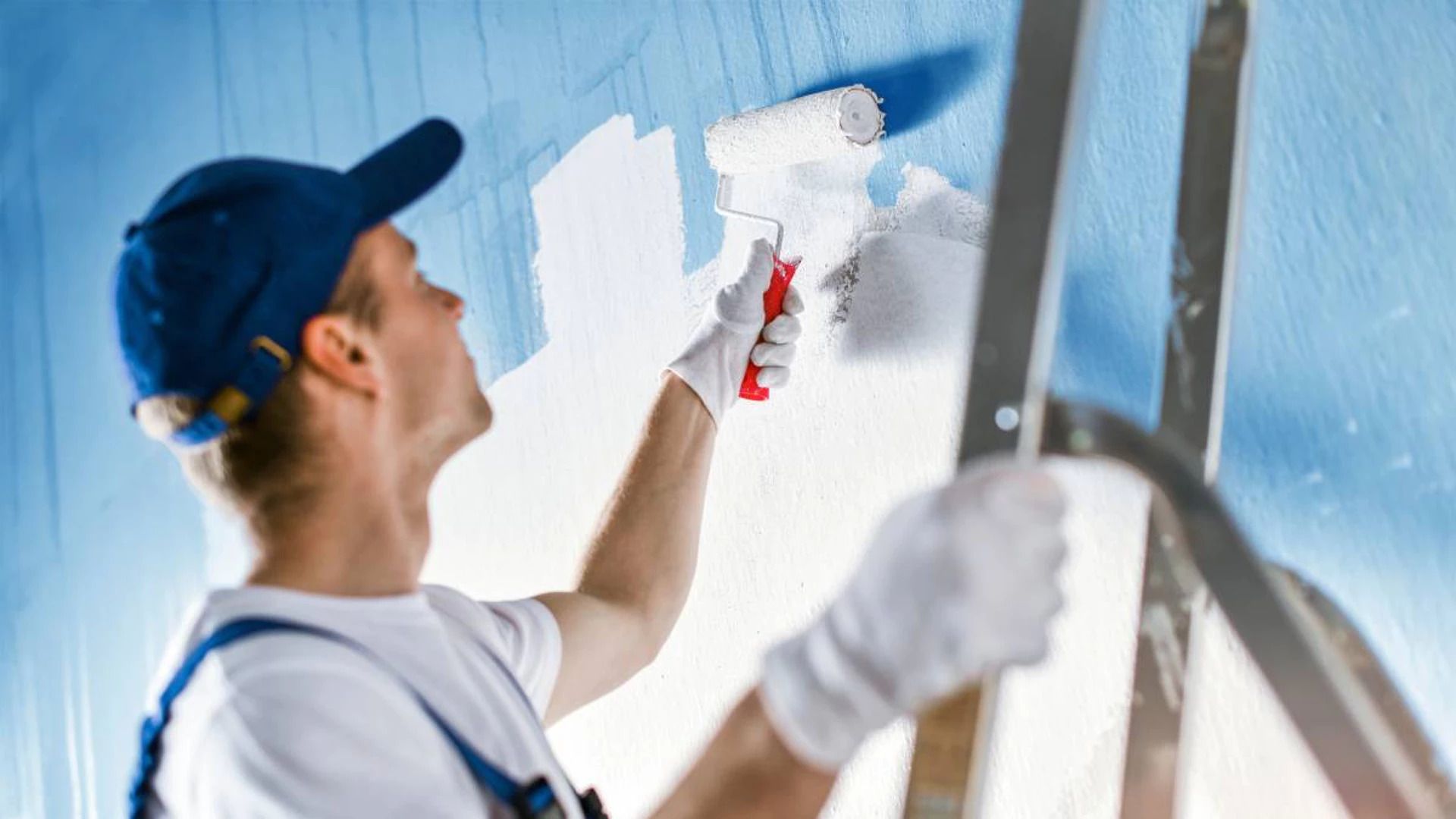More Than a Makeover: What Interior Painting Really Adds to Your Home
When most people think about interior painting, they often picture a fresh splash of color or a trendy new accent wall. But truth be told, interior painting is far more powerful than just giving your space a visual upgrade. It can uplift your emotions, protect your walls, improve your health, and even raise the resale value of your home. With just a few buckets of paint, your entire living experience can change dramatically. Whether you're staging for sale or just craving a change, interior painting plays a vital role in how your home looks, feels, and functions.
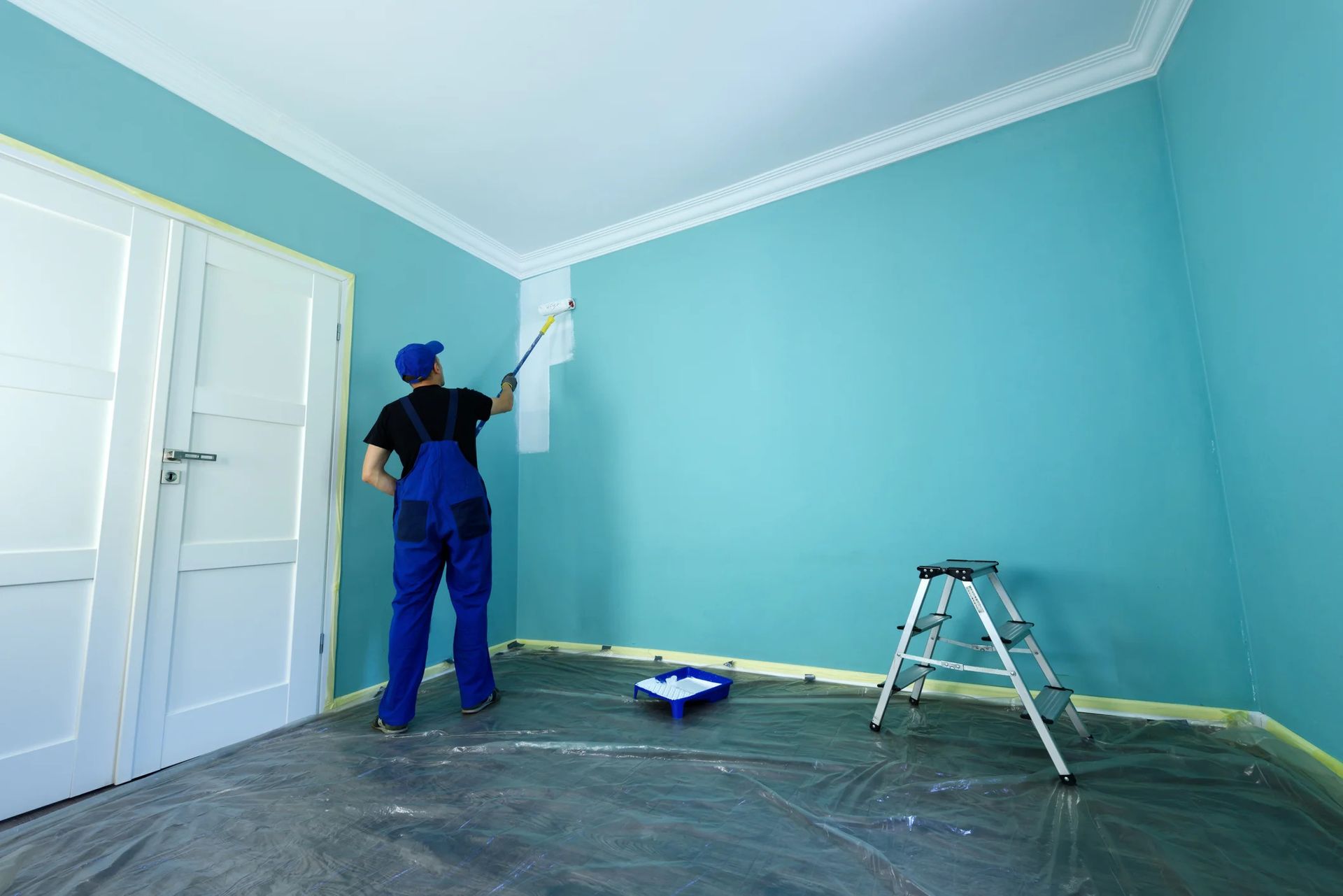
Boosting Mood and Emotional Wellness
Color isn't just for aesthetics—it's emotional. Scientific research shows that colors influence our mood, energy levels, and even our behaviors. Warm shades like yellows and oranges can energize a room, while cool tones like blues and greens are known to calm and soothe.
Think about how a serene blue bedroom encourages restful sleep, or how a vibrant red dining room can stimulate appetite and conversation. Choosing the right color palette can have a therapeutic effect, and when done thoughtfully, your interiors will feel more like you.
Interior Painting and Home Value
Looking to increase your property’s value without breaking the bank? You’d be surprised what a few coats of paint can do. Real estate professionals often recommend interior painting as one of the highest-ROI improvements for homeowners. Freshly painted walls suggest a well-maintained home, which can lead to higher offers and faster sales.
Neutral tones in living areas and modern shades in bathrooms or kitchens give your home an updated, polished feel. And if you're preparing to sell, a professional House Painting Service can help you pick buyer-friendly tones that appeal to broader audiences.
Improving Indoor Air Quality
Modern paints have come a long way. Many now come with low or zero volatile organic compounds (VOCs), which reduce the number of toxins released into the air. This is especially beneficial for households with children, pets, or allergy sufferers.
A freshly painted room using eco-conscious products doesn’t just look great—it’s safer to breathe in, too. Investing in healthier paint products means you’re investing in your family’s well-being.
Enhanced Functionality Through Color
Paint can also redefine how you use your space. Want to make a small room feel larger? Light colors can help. Need to create zones in an open-concept area? Use contrasting shades to visually divide spaces.
Strategic color placement can guide movement, set purposes for different areas, and even make your ceilings look higher. Color truly becomes a design tool when used with intention.
Style Refresh Without Renovation
Let’s face it—home renovations can be costly and time-consuming. But a fresh coat of paint? That’s fast, affordable, and incredibly transformative. Without tearing down walls or replacing fixtures, you can still give your entire home a facelift.
Especially if your interior is dated or showing wear, painting is the easiest way to breathe new life into tired spaces.
Personal Expression Through Color
Your home is your sanctuary—and interior painting lets you reflect your personality in every room. Bold choices like emerald green or matte black can make a dramatic statement. Softer palettes can promote calm and elegance.
Each room can serve a unique vibe: a playful coral in a nursery, a moody navy for a reading nook, or a sunny yellow kitchen for morning cheer. With paint, your walls become your canvas.
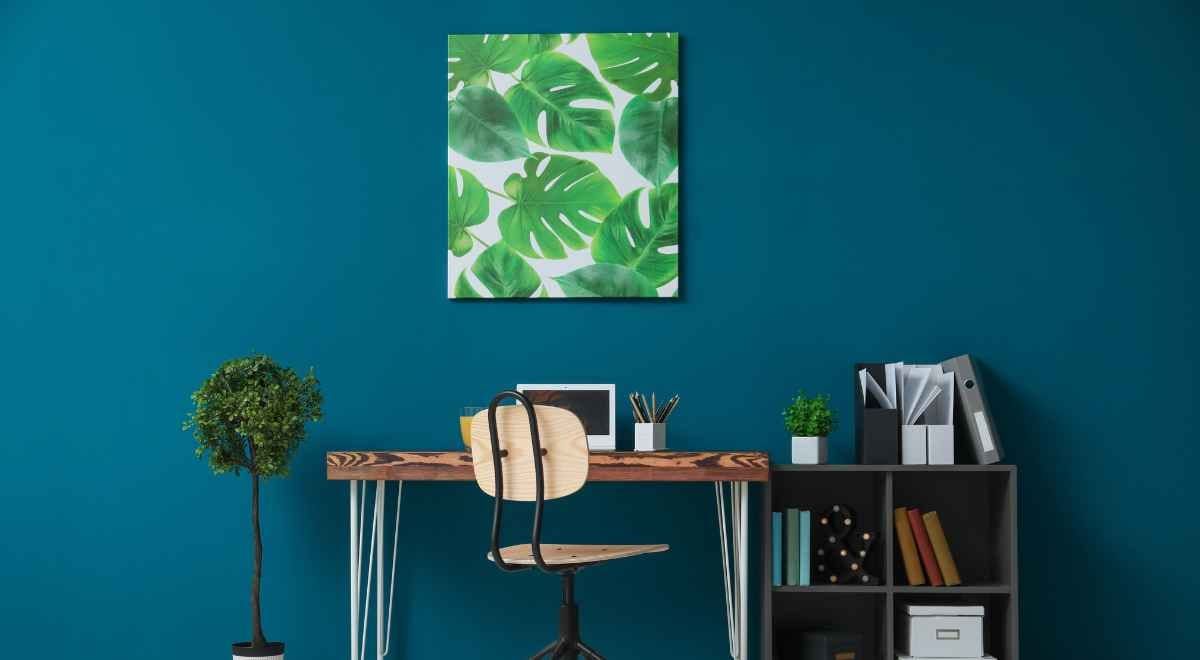
The Science of Light and Color
Paint affects the way light travels through a room. Glossy finishes reflect light, making rooms feel brighter and larger, while matte tones absorb light for a cozier feel. The direction your windows face can also influence which shades work best.
Understanding how light and color interact helps you avoid costly repainting down the road—and ensures your space always looks its best, day or night.
Increased Market Appeal for Sellers
If you're selling your home, painting is a must. Buyers form opinions within seconds, and walls covered in scuffs or outdated colors can immediately turn them off.
On the flip side, a newly painted interior gives off a fresh, clean, and move-in-ready vibe. And since staging often includes matching décor to wall colors, painting gives sellers more flexibility to wow potential buyers.
Protecting Interior Surfaces
Paint isn't just decorative—it's also protective. It acts as a shield against moisture, dirt, and physical damage. Especially in high-traffic areas like hallways or kids’ rooms, a strong paint finish can prevent long-term wear.
It also seals out dust and allergens, reducing maintenance while extending the life of your walls, trim, and ceilings.
Eco-Friendly Interior Paint Options
Today’s homeowners are more eco-conscious than ever. Thankfully, the paint industry has followed suit. From water-based to natural ingredient paints, you can now opt for options that are gentle on the environment and your lungs.
Low-VOC and zero-VOC paints are widely available, giving you peace of mind as you beautify your space responsibly.
Interior Painting Trends in 2025
Looking to stay ahead of the design curve? In 2025, expect to see earthy tones like terracotta, sage green, and warm beige making a comeback. Two-tone wall techniques and textured finishes are also gaining traction.
Also trending are wellness-inspired colors that promote mental calmness and creativity—a nod to the continuing influence of mindfulness and remote work lifestyles.
Common Mistakes to Avoid in Interior Painting
Even with the best intentions, DIY painting can go wrong. Here are some pitfalls to avoid:
- Skipping wall prep and cleaning
- Using low-quality paint or brushes
- Choosing colors without testing samples
- Ignoring lighting when selecting tones
- Painting over damp or moldy surfaces
Getting help from professionals ensures a smooth, durable, and gorgeous finish every time.
Professional vs. DIY Painting
DIY projects can be fun, but they’re not always practical—especially when it comes to precision and durability. Hiring a House Painting Service means access to high-grade tools, expert color advice, and perfect finishing.
Professional painters also get the job done faster, safer, and more efficiently, saving you time and headaches.
Choosing the Right Color for Each Room
- Living Room: Warm neutrals or soothing grays for versatility
- Kitchen: Light greens, yellows, or creamy whites to inspire appetite
- Bedroom: Cool blues or lavender to promote relaxation
- Bathroom: Clean whites or soft teals for a spa-like feel
- Office: Muted greens or deep blues to aid focus
Matching colors to the room's purpose ensures both function and flow.
Cost vs. Value Analysis
Interior painting is one of the best-value improvements you can make. For relatively low cost, you gain beauty, functionality, protection, and resale value. Compare this to other upgrades—new flooring, custom cabinetry—and it becomes clear that paint gives the best bang for your buck.
Even if you're not planning to sell, the daily joy of living in a freshly painted home is priceless.
Finding the Right House Painting Service
When hiring a painting contractor, look for:
- Proven experience and a strong portfolio
- Customer reviews and references
- Use of high-quality paints and materials
- Transparent pricing and clear timelines
A trusted provider like Dunedin Paint brings professionalism and quality that lasts.
Need a quote or have questions? Contact them here.
FAQs About Interior Painting
How often should I repaint my interior walls?
Most walls need repainting every 5-7 years, though high-traffic areas may need it sooner.
Can interior paint help with allergies?
Yes! Modern low-VOC paints can reduce allergens and improve indoor air quality.
Is it better to paint walls or wallpaper them?
Paint is easier to update, less expensive, and more breathable than wallpaper.
How long does it take for interior paint to dry?
Most paints dry to the touch in 2-4 hours but require 24 hours to fully cure.
Can I stay in the house while it’s being painted?
Yes, especially with low-odor, eco-friendly paints. Just ventilate well.
What paint finish should I use in kitchens or bathrooms?
Satin or semi-gloss finishes are best due to their moisture resistance and cleanability.
Conclusion: Why Interior Painting Is Worth It
Interior painting is about more than beautifying your space—it’s about creating a home that works better for your mood, your health, and your lifestyle. It boosts your property’s value, protects your surfaces, and lets your personality shine through. Whether you’re refreshing your home or preparing it for sale, paint delivers massive impact for a modest investment.
So next time you consider updating your space, remember: it’s not just a makeover. It’s a transformation—inside and out.
Links

